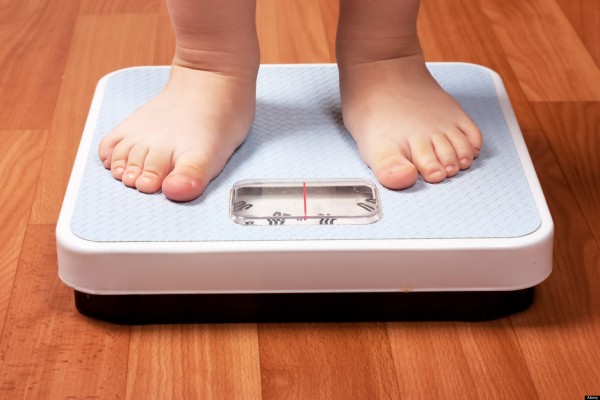Doctors are showing parents virtual images of their children as obese adults to scare them into making lifestyle changes.
The strategy was developed by the NHS to combat the rising number of children diagnosed as obese.
The team behind the trial project used the children's body measurements and 3D modelling software to predict what their body would look like as they got older.
Researchers unveiled the study at the European Congress on Obesity in the city of Porto, Portugal.
Researchers at the University of Newcastle asked parents of children aged five, six, 10 and 11 to key their Body Mass Index (BMI) measurements into a computer programme. Researchers, who studied 2,200 families, then showed parents a series of virtual images and asked them to select the image which most closely resembled their child.
However, parents frequently underestimated their child's size. They then saw 3D pictures of their child's projected adulthood weight. Researchers say that the parents of already-overweight children were shocked by what they saw and committed to making major lifestyle changes.
Dr Angela Jones, the lead researcher on the study, said: “Parents play a key role because of how they shape children’s health behaviour.
"They are also relied upon to recognise that their children is an unhealthy weight and take appropriate action. But we know that parents tend not to recognise when their children is overweight or obese.”
Children whose parents had been shown the images weighed nine pounds less than those whose parents weren't shown them, the study found. Prof Paul Aveyard, a professor of behavioural medicine at Oxford University, said: “It gets round the problem that people don’t think their child is overweight and they will grow out of it, when we know that’s not really true. It’s quite a striking result and it’s cost-free.”
Childhood obesity has been labelled an 'epidemic'. A number of cardiovascular risks for young people are associated with obesity, and it has led to a rise in the number of children being diagnosed with Type 2 diabetes, a disease that previously occurred mainly in adults.













